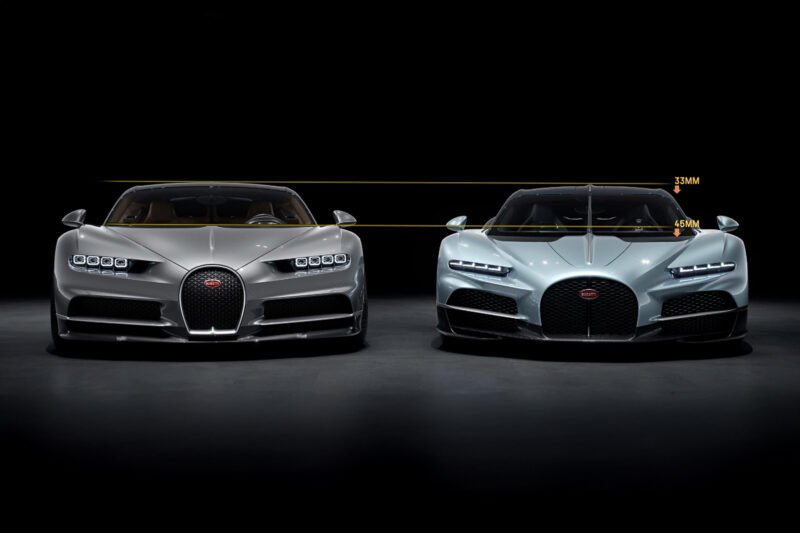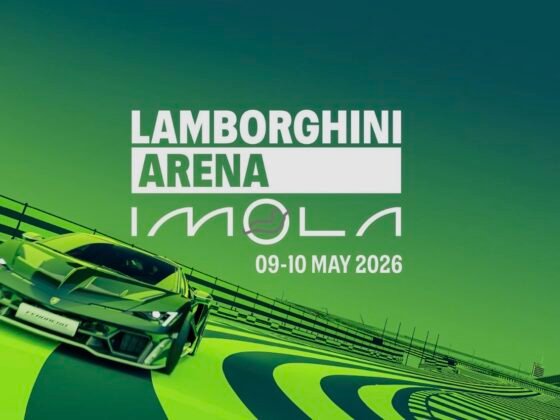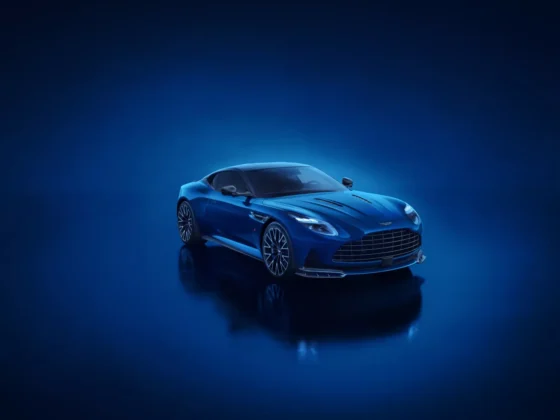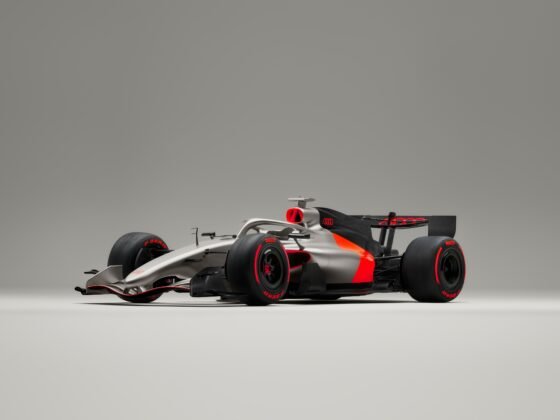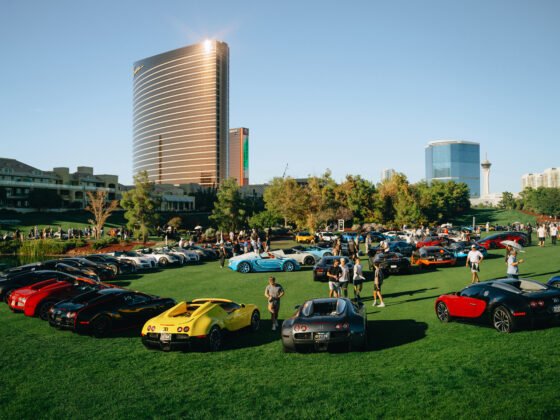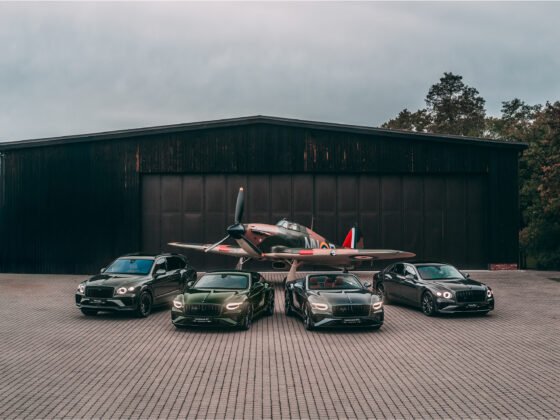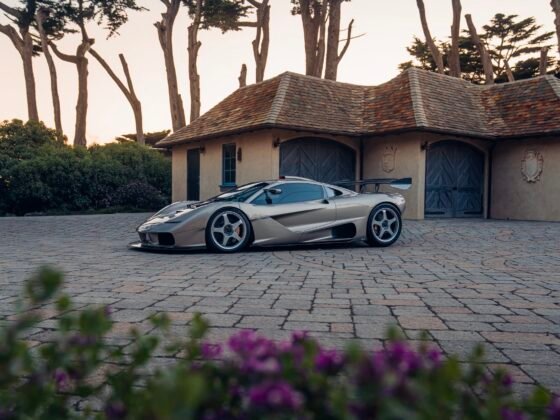In Molsheim, where time itself seems to bend around precision and artistry, Bugatti unveils the Tourbillon — a car sculpted not merely for speed, but for the pursuit of aesthetic perfection. More than a successor to the Veyron and Chiron, the Tourbillon stands as a philosophy in motion: an embodiment of the French marque’s century-long dialogue between power and poetry.
For over 116 years, Bugatti has crafted machines that defy impermanence — creations that transcend trends to become heirlooms of design and engineering. The Tourbillon carries this lineage forward, drawing on the marque’s 20-year mastery in high-speed development programs and reimagining them through a lens of timeless elegance. Every curve, every contour, is the result of thousands of hours spent perfecting aerodynamics, structure, and soul.
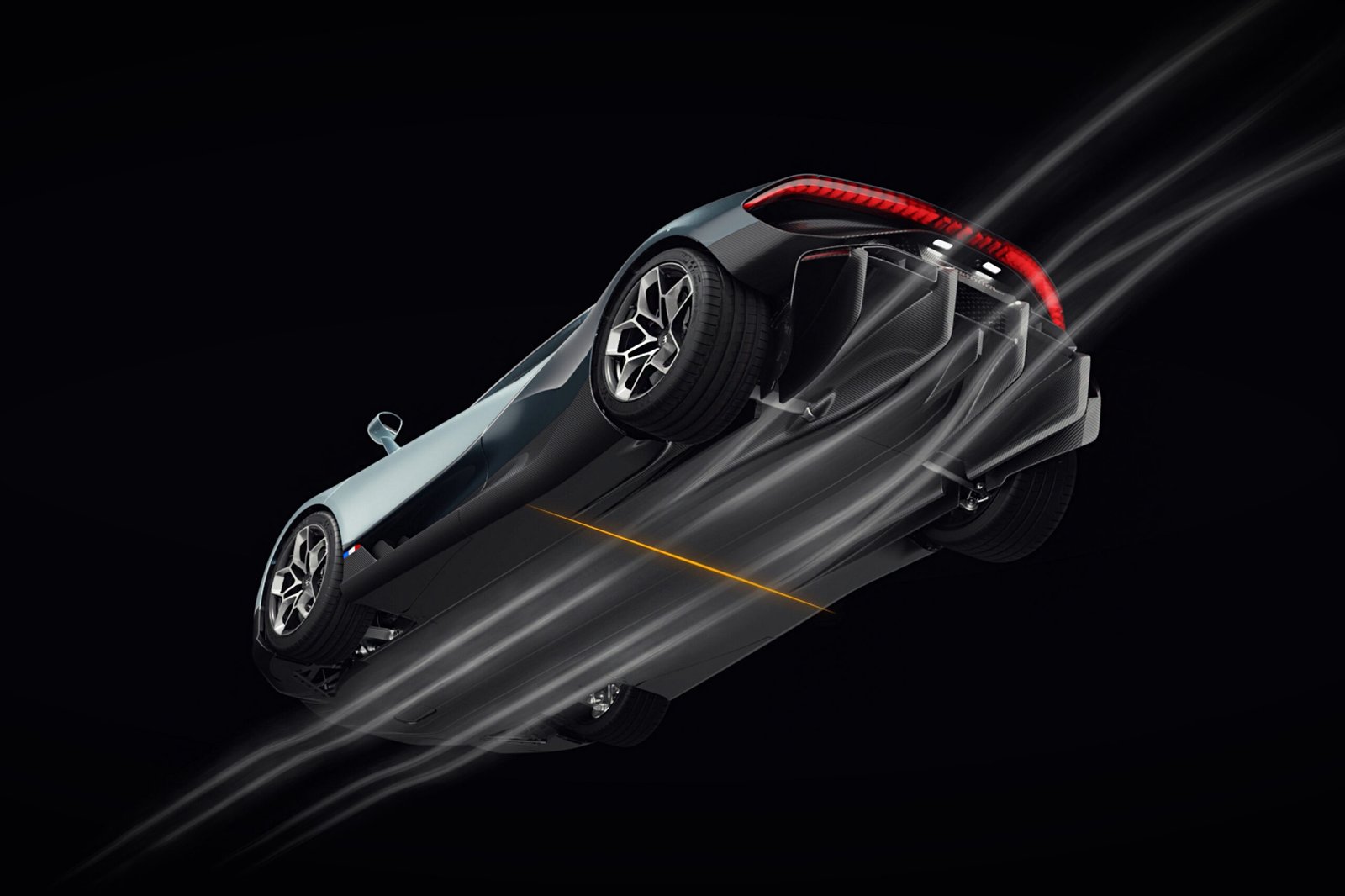
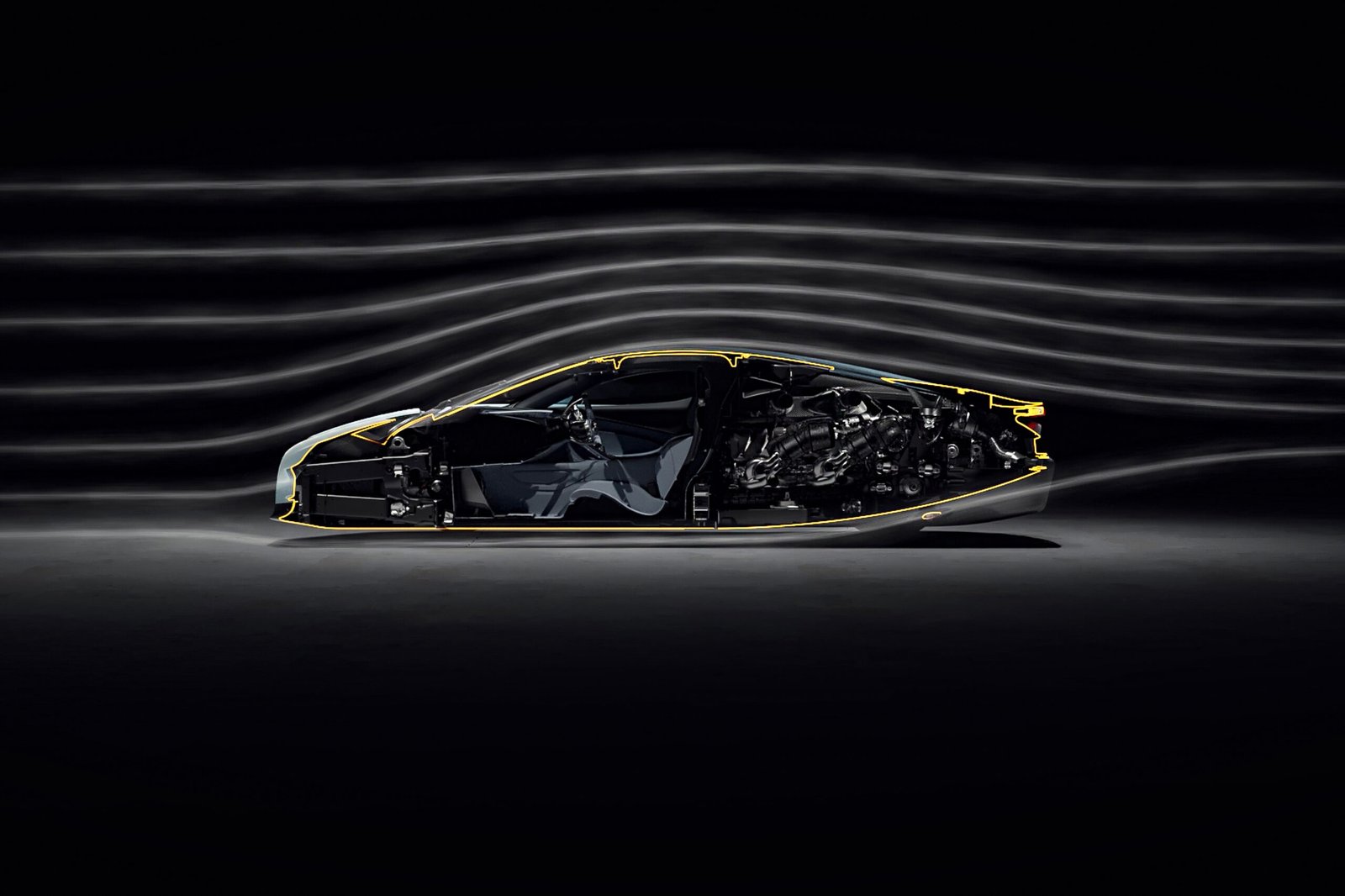
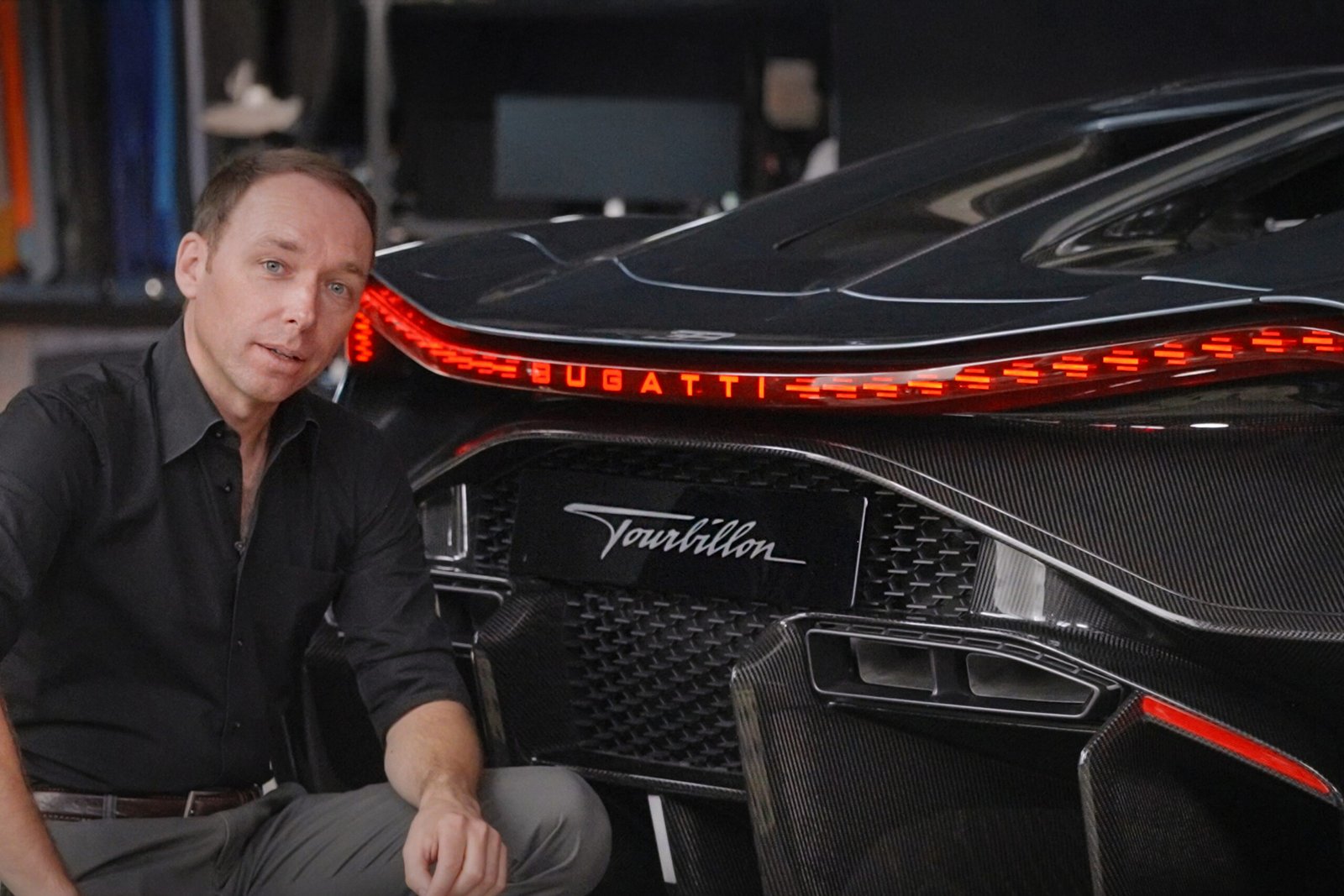
The Tourbillon’s design speaks a universal language of motion — shaped by speed, yet never consumed by it. Drawing inspiration from nature’s own master of aerodynamic efficiency, the peregrine falcon, Bugatti’s designers sought to minimize frontal resistance while maximizing grace. The result is a form that feels alive: an elegantly smooth teardrop silhouette that balances power and poise. The cabin, lowered 33 millimeters deeper into the carbon fiber monocoque than the Chiron, achieves a rare harmony of proportion and purpose. Here, the driver becomes one with the car — cocooned in sculpted precision, yet suspended in space that feels effortlessly human.
Frank Heyl, Bugatti’s Design Director, likens the process to an art form born of science. From the very first pencil stroke, the strategy was absolute: every technical decision would serve beauty, and every aesthetic flourish would enhance performance. This philosophy — championed first by Jean Bugatti in the 1930s with his revolutionary surbaissé concept for the Type 57 SC Atlantic — resurfaces in the Tourbillon’s DNA. Lowering the engine beneath and behind the front axle allows for a sleeker hoodline and reduced height, echoing the design purity of its legendary predecessor while setting a new benchmark for aerodynamic balance.
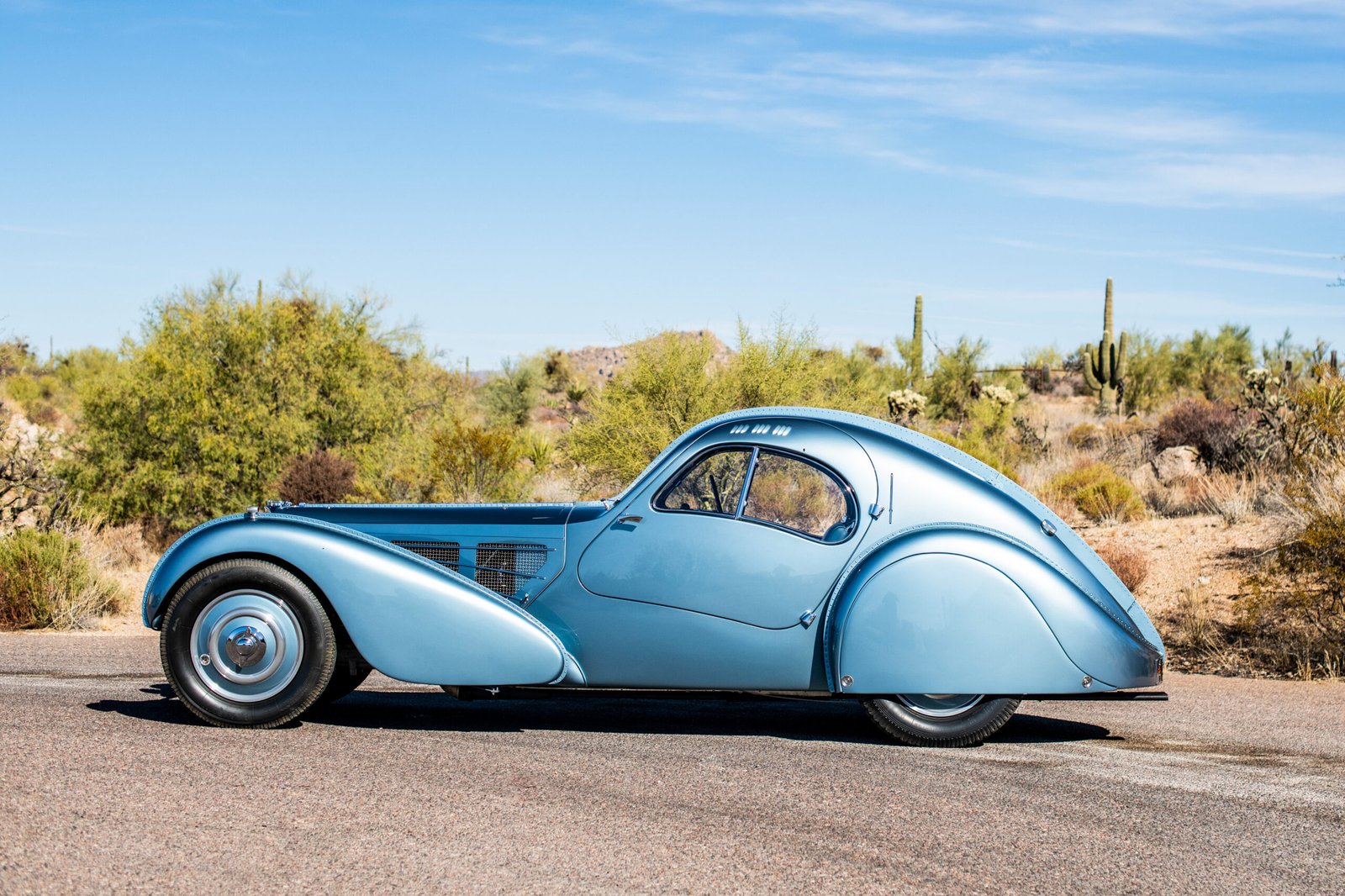
The Tourbillon’s surface tells a story of movement. Air enters through the widened horseshoe grille — an icon reborn — feeding radiators with a precision-engineered pressure drop that maximizes cooling efficiency before releasing through the sculpted hood. Each element of airflow has been choreographed like a symphony, harmonizing lift, downforce, and drag at speeds exceeding 445 km/h. Beneath the skin, diffuser channels nearly two meters long begin under the passenger seats and emerge dramatically at the rear, where they converge with the V16 engine’s exhaust. The result is an orchestration of pressure and propulsion — downforce achieved without the deployment of a rear wing, allowing the Tourbillon’s form to remain pure and uninterrupted.
At the rear, elegance and aggression coexist in breathtaking contrast. A ribbon-like light signature sweeps across the tail, suspended above the complex, fragmented geometry of the diffuser. It’s a visual paradox: minimalism meeting complexity, restraint merging with rebellion. Every surface seems to breathe with intent, revealing Bugatti’s singular ability to sculpt not just vehicles, but living expressions of motion.
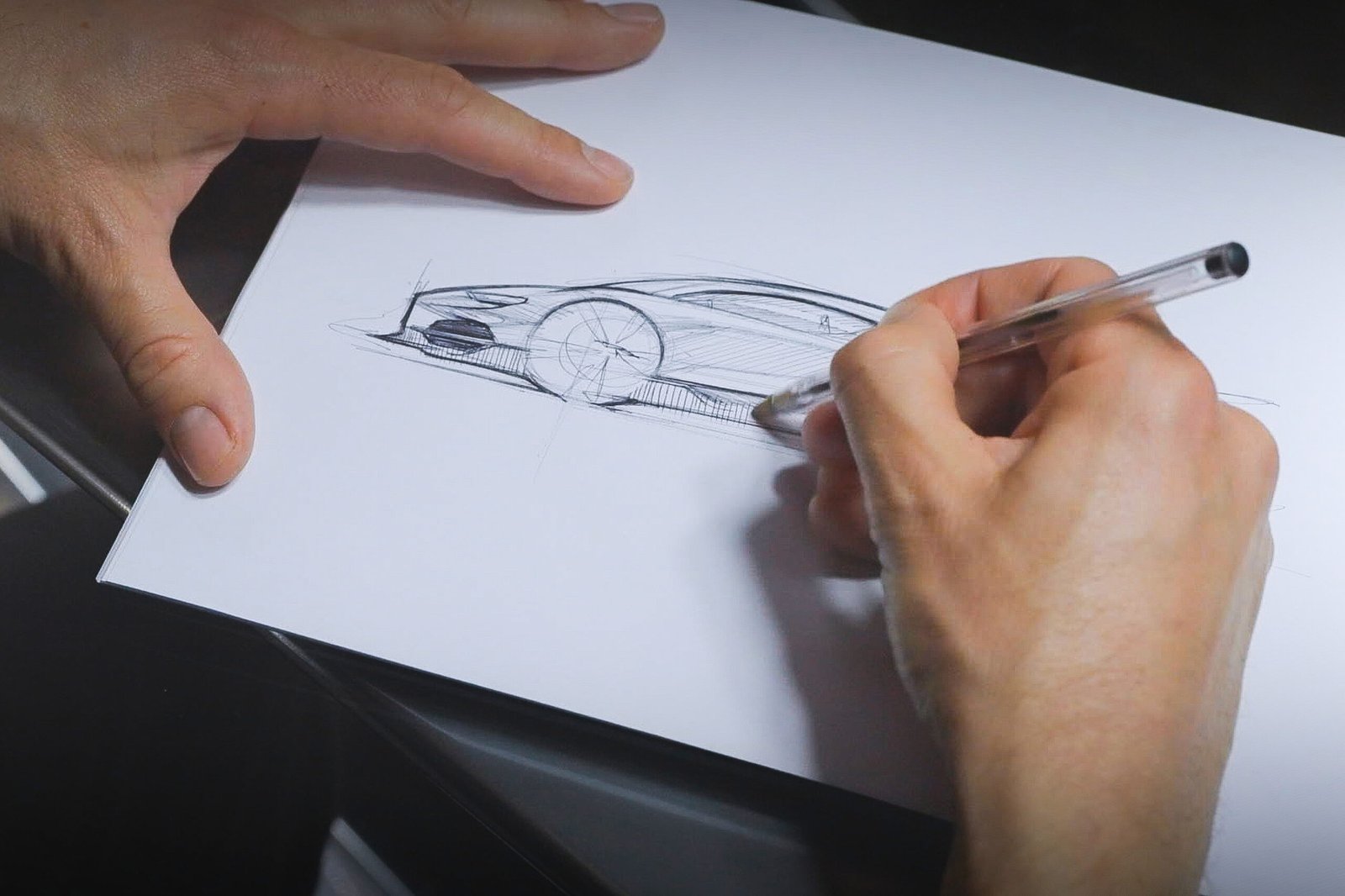
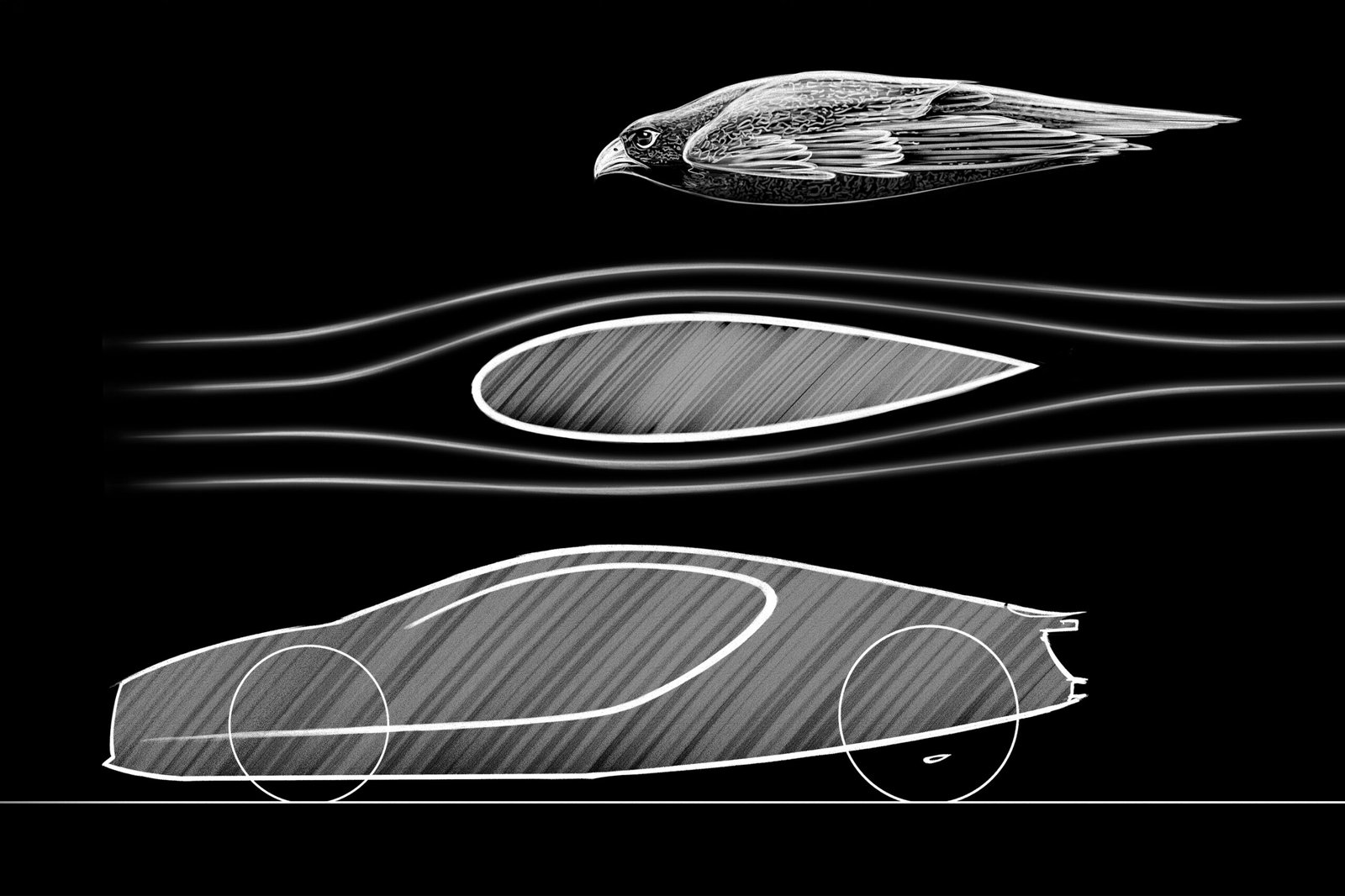
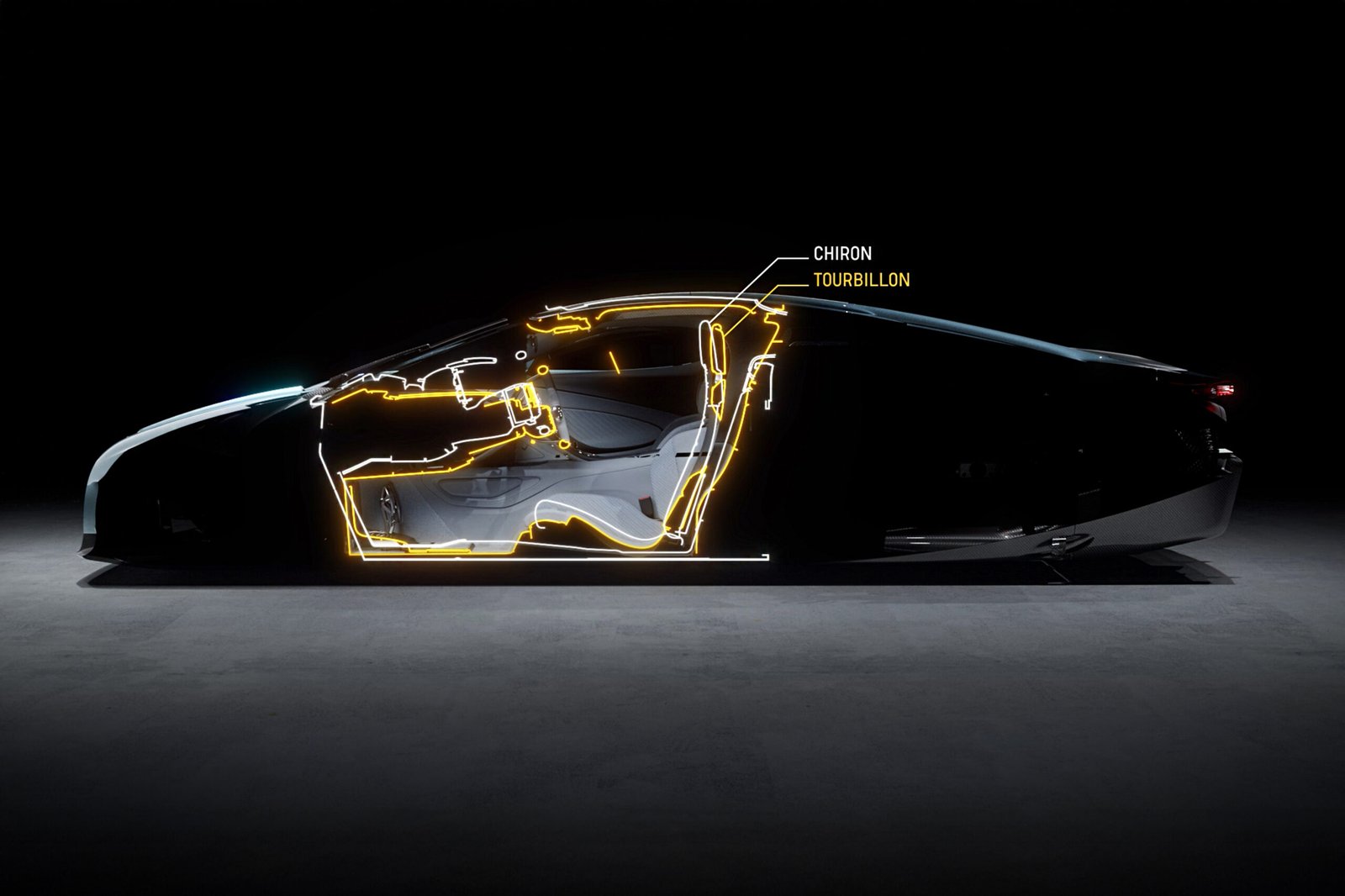
“None of what we have achieved with the Tourbillon are easy things to do,” Heyl reflects. “They’re only possible if you implement this kind of strategy from the very first pencil stroke.”
With the Tourbillon, Bugatti enters a new era — one where the past and the future coexist seamlessly, bound by a shared obsession with elegance, balance, and authenticity. It is not merely a car but a testament to the enduring power of design to transcend time itself.
Watch the tenth episode of A New Era, the docuseries chronicling the creation of the Tourbillon, on the official Bugatti YouTube channel.

